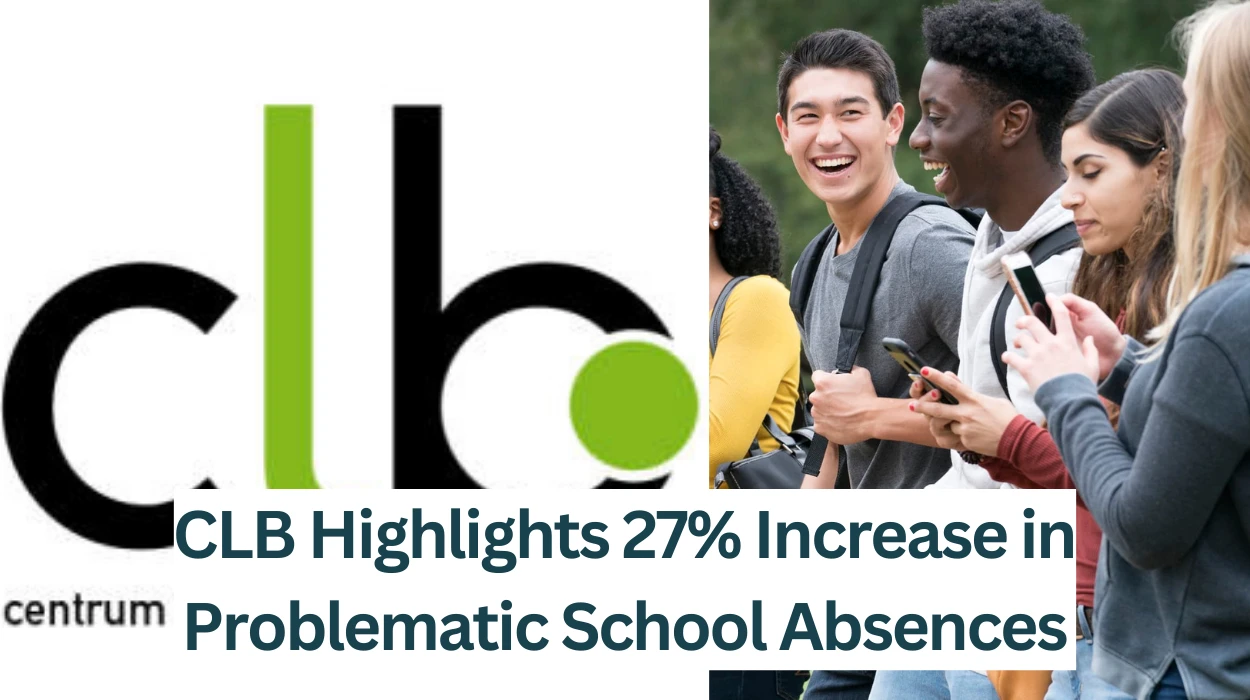Brussels (Brussels Morning) – Problematic absences rose by 27% in 2022-2023, impacting 30,254 students, according to the Centers for Student Guidance (CLB). This rise predicts more students leaving school without qualifications. Suspensions also increased, threatening education rights.
The Centers for Student Guidance (CLB) reports that the number of “problematic” absences increased by more than a quarter this school year. “It is therefore not surprising that more and more students are leaving education without sufficient qualifications.”
In the 2022-2023 school year, 30,254 students were unexcusedly absent or were frequently or long-term ill. This is evident from the annual report of the Centers for Student Guidance (CLB). The figure corresponds to 2.46 per cent of the entire student population and represents an increase of 27 per cent compared to before the coronavirus pandemic.
Why Is the CLB Concerned About Rising Absences?
That is problematic, says Lotte Meulewater of CLB Go! “Absences are a strong predictor of early school leaving. It is therefore not surprising that more and more students are leaving education without sufficient qualifications.”
At the same time, the number of suspended students has been increasing sharply for four years. That trend continued this school year. 4,457 students came into contact with the CLB due to a (possible) suspension. This corresponds to 0.37 per cent of all Flemish students. This percentage is also higher in special education than in regular education. The CLBs point out that the right to education of these students is at risk.
Furthermore, last school year more than half of all students in Flanders and Brussels came into contact with a CLB. That percentage has remained stable over the years, but the number of interventions per student is increasing. The guidance provided by the CLBs is therefore becoming more intensive.
How Is the CLB Addressing Complex Student Issues?
The annual report includes an “urgent call for more coordination” from the CLBs to the welfare partners. To tackle more complex problems, such as addictions or vulnerable and multi-problem families, the CLBs work together with organizations that provide more intensive and specific youth care. However, the CLBs there are often confronted with waiting lists and registration stops.
“As a result, our CLBs have to invest much more time in bridging aid to help young people,” explains Karen Dobbelaere of the educational umbrella organization OVSG. “This puts pressure on the operation of the CLBs, which means we cannot focus sufficiently on preventive measures. And these are precisely what is needed to avoid permanent exclusions, among other things.”



